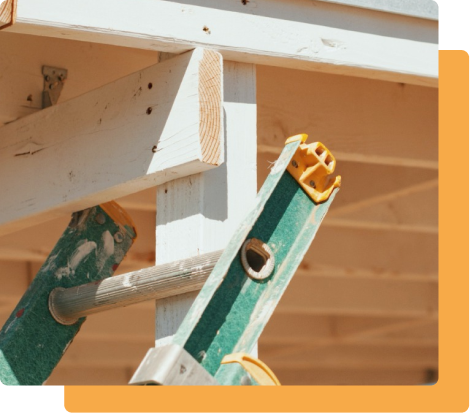
The danger of falls from heights, such as ladders or scaffolds, is a critical concern in the construction sector. OSHA’s data highlights falls as the primary cause of fatalities in the construction industry. The year 2016 saw 991 construction-related deaths, with 370 due to falls. Often, these incidents are linked to inadequate use of or training in fall-protection gear. OSHA’s 3 step “Plan. Provide. Train.” rule is pivotal in preventing workplace injuries. Emphasizing this approach not only aligns with regulatory compliance but also fosters a culture of safety, significantly decreasing the risk of fall-related incidents on construction sites.

Before starting any construction project, it’s important to plan for safety, focusing on fall hazards meticulously. OSHA recommends incorporating the cost of necessary safety gear, such as helmets and harnesses, into the project’s financial plan. Effective planning not only ensures project efficiency and adherence to budget but also significantly reduces the risk of workplace injuries by prioritizing safety. Additionally, incorporating a comprehensive risk assessment for various stages of construction can further enhance safety protocols, ensuring a safer environment for all workers.


Contractors are critical to providing essential safety equipment for those workers when working at heights. This responsibility includes ensuring the availability and proper maintenance of ladders, scaffolds, and fall protection equipment. It’s vital to regularly inspect this equipment and confirm that it is in good working condition and fits correctly, thereby ensuring worker safety. Moreover, contractors must also provide ongoing training and updates on safety protocols, ensuring that all personnel are equipped with the latest knowledge and techniques for safe working practices.

Practical training is a fundamental aspect of ensuring fall safety on construction sites. Contractors have the responsibility to ensure that their teams are not just familiar but thoroughly trained in the use of fall protection equipment. This training should encompass a comprehensive understanding of the equipment’s mechanics, its limitations, and the correct methods of application. It’s essential that this training goes beyond theoretical knowledge, focusing on hands-on, practical exercises. This approach helps in building the necessary skills and instilling confidence among workers for safe operation under diverse and potentially challenging conditions.

Master vital fall hazard recognition and compliance skills, and become an OSHA-recognized competent person in workplace safety.

Contractors and employees should know how to set scaffolding to include:
How to install and set guardrails.
Ensure that the scaffolding is tight and stability is maintained.
That the scaffolding is level.
Safety should never be compromised for convenience. By doing these three simple things, you will ensure your safety and the safety of everyone around you. While you can put a price on a project, you can put a price on a preventable injury or fatality.

Proper usage of ladders, including maintaining three points of contact, is critical for stability and reducing fall risks. This simple yet effective rule can significantly prevent workplace injuries:

Learn critical skills in fall protection, hazard recognition, and safety to qualify as a Competent Person in workplace safety.
English Class
Date: Feb 29, 2024
Time: 8:30 AM to 2:30 PM
Spanish Class
Date: January 26, 2024
Time: 8:30 AM to 2:30 PM

11000 SW Barbur Blvd, Ste 100 Portland, OR 97219
